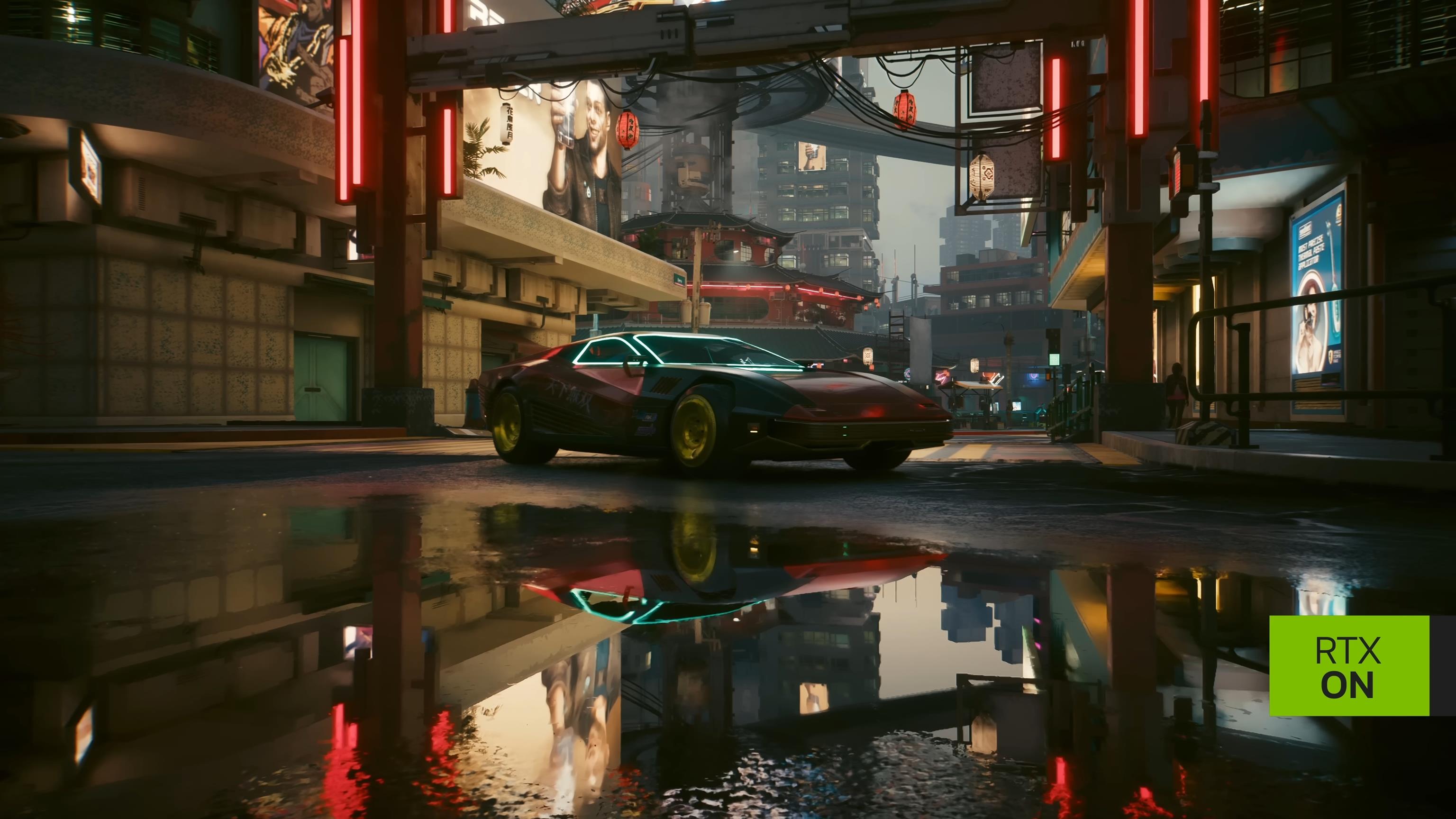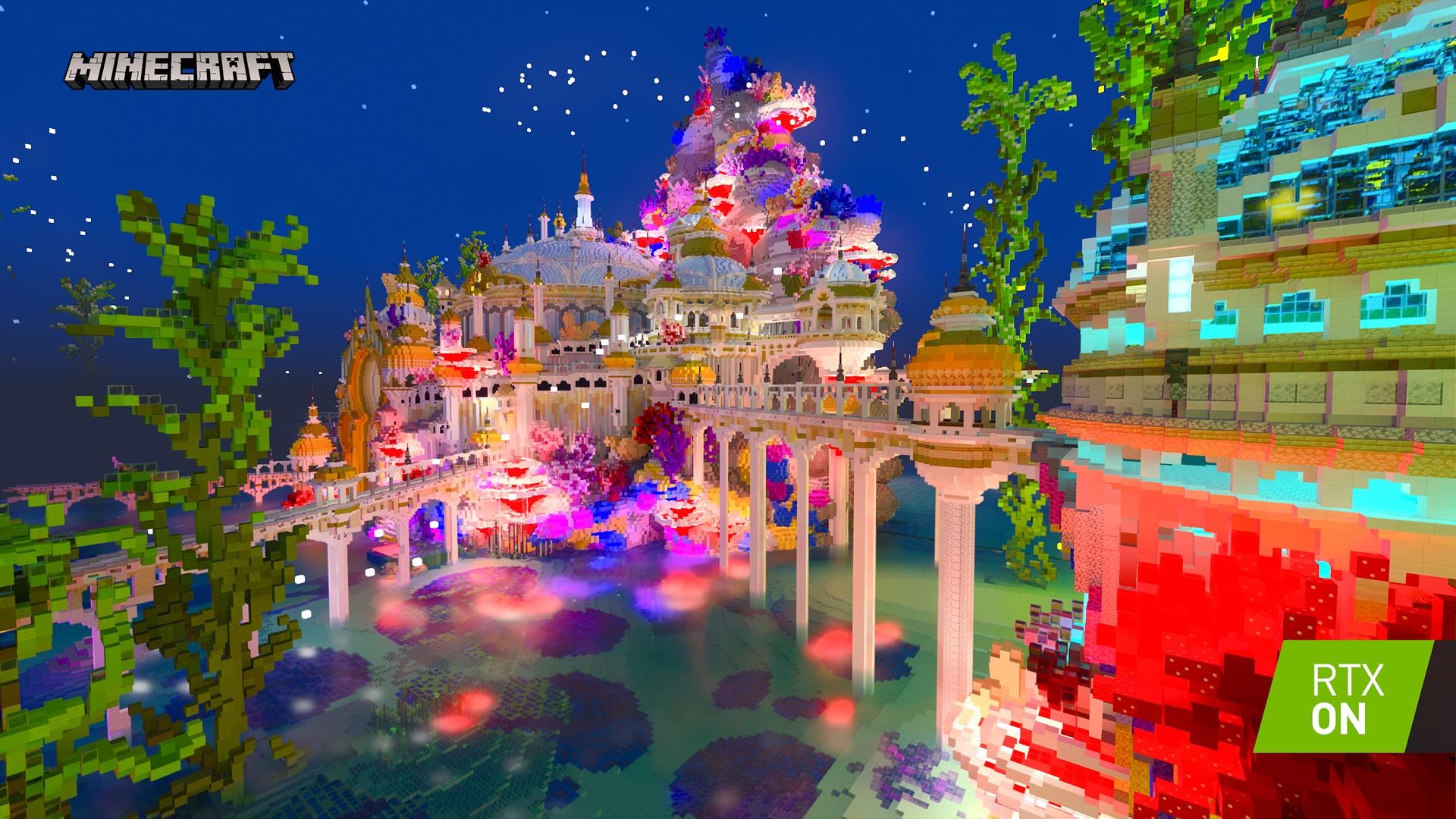Nvidia RTX 4090 review: a hair-raising new bar for PC graphics performance – with hefty costs attached
[ad_1]
Advances in PC graphics always move at breakneck speed, but it seems like things have been moving particularly fast lately. Each recent new generation features leaps that are an order of magnitude greater than the last, though keeping up has also involved breaking the bank, whether due to high initial vendor prices or ridiculous nonsense-driven boosts. cryptographic. The trend continues with Nvidia’s new GeForce RTX 4090, a staggeringly powerful new flagship card with a neat party trick: it smashes the performance metric.
What I mean by this is that the 4090 routinely and effortlessly does what I’ve only seen other cards do in very specific circumstances: it gets to the point where games can’t run any better, not because of the card, but because the CPU can’t keep up with what this beastly GPU throws at it. This was mostly happening at lower resolutions like 1080p and 1440p, but it was even happening occasionally at 4K, and it was happening with relatively recent games like Marvel’s Spider-Man. Perhaps this will change with the imminent release of Intel’s 13th Gen ‘Raptor Lake’ CPUs which will help that element of the PC catch up.
Regardless of what goes on there, I feel like this is a pretty potent place to start a discussion of the 4090. At £1650/$1600, it’s a jaw-dropping price, but what you get for it is jaw-dropping performance, too. This card is the new benchmark, the new high water mark, though it’s really only going to be entirely worth it for those who have a full setup that can support it, which means at least a top-of-the-line monitor and CPU. level, plus an exceedingly healthy amount of RAM.
for the hard

So let’s be clear: even with a high-end PC that cost many thousands to build, you’re not likely to be able to unlock the full potential of this card on day one. This is, in a sense, a card for the future, although the breakneck pace of recent GPU releases suggests that Nvidia will likely replace or upgrade it in 18 months’ time anyway. It’s also not really a necessary card for 1080p or 1440p gaming. At these resolutions, this is where you will run into a CPU bottleneck, thus wasting money. However, Nvidia’s 40-series GPUs have a couple of weaker-spec brethren on the way soon, and they’ll likely be better suited for that kind of game.
However, if you’re a 4K goblin or game on some sort of ultra-ultrawide setting and want ray tracing as well, this is the card dreams are made of. I love gaming in 4K, and I love boosting ray tracing, though in the previous two RTX generations, even with frame-boosting DLSS enabled, it’s felt like a give-and-take tradeoff, depending on the game. The RTX 4090 is the first card you can put in your PC and just… forget about it. Start everything. Bring out the worst in you. Cyberpunk, in 4K, with full ray tracing? With DLSS3, the 4090 crushes it. Even without DLSS, performance is a ridiculous jump over the previous generation which makes things much more playable.
It’s an interesting position for this card, as these cards, the ones that end in ’90’, tend to be for the real enthusiast, people involved in rendering or creative applications, not just gaming. But Nvidia has changed the way it markets these releases, putting it more squarely in the sights of gamers. The result is a graphics card that works both ways: as a glorious ‘fire and forget’ full-power gaming card, and also as a powerful tool for those who want to wield it more like a rendering scalpel. However, at this level of power, the level of subtlety he’s best suited for is a brick through your window, and that’s not a bad thing.
In the frame

Let’s talk a bit about benchmarks. Whichever 3DMark tool you throw at it (Time Spy Extreme, Port Royal, etc.), the story is basically the same. Compared to the RTX 3090, its direct predecessor, performance is at least doubled. Honestly, the performance gap is hard to believe – I look at this Excel spreadsheet of numbers and can hardly believe it. Initially, I ran a few things repeatedly, convinced there had to be a problem somewhere. But, no, this is the real power level.
Jump into games and it repeats the same sort of thing, although of course this is where the CPU bottleneck can come into play most strongly. In Red Dead Redemption 2, a beautiful game and one of my benchmarking favourites, the RTX 4090 can manage a solid enough 120fps at 4K. That’s a jump of over 65% from my benchmark on a 3080Ti, my previous GPU. Hitman 3 fires up to over 130 fps, while Assassin’s Creed Valhalla tops the 100 fps mark, while the 3080 Ti only got slightly over 60.
While it’s so old now that it’s nearing the end of its testing usefulness for us, Shadow of the Tomb Raider has been a review staple of the VG247 graphics card, and has always played well with Nvidia cards. This saw a jump in frame rates of more than 100% compared to the 3080 Ti and 70% more than the 3090 and 3090 Ti, and that’s with all the bells and whistles enabled. In the world of ray tracing, with RT on Control it’s around 75% faster than the 3080 Ti. For Hitman 3, performance is doubled. Just writing it down doesn’t do justice to the power being released.
Nvidia also submitted some games as suggested tests. Flight Simulator is one of those games that started to run into CPU limitations, even with older cards, but that doesn’t mean you won’t see an improvement, mainly thanks to DLSS 3, Nvidia’s latest generation of AI. power enhancement tool. DLSS has proven vital for games to run well with ray tracing enabled, and on early RTX cards it was key to hitting 60fps with ray tracing enabled. Now on the 4090 things are different, and Flight Sim is the perfect example.
Using the RTX 4090, Microsoft Flight Simulator can hit a solid 60fps in native 4K without DLSS enabled. Touch DLSS 3, though, and the game can hit a staggering 120fps on average. DLSS 3 works by generating completely new frames from scratch, and it really works. Those frames very occasionally have the telltale ghosting of technology that needs further refinement, but overall they’re amazing. The best way to stumble is by doing something that changes the entire screen, like switching cameras mid-flight during flight sim, but this tech nonetheless feels magical.
While a host of other supported games were announced, the other main showcase for DLSS 3 in the review period was Cyberpunk 2077, a title that struggled on all but the most advanced versions. The 4090 doesn’t even flinch. In native 4K, with ray tracing disabled, Cyberpunk runs at close to 80fps. Turn on RT and even without DLSS you can hit a solid 40fps. Turn on DLSS, though, and things will start to get tasty. DLSS 2 could push Cyberpunk to and above 60fps, but DLSS 3 can push the game to over 120fps, and that’s with ray tracing enabled. Stun the mind.
All of the above tests and annotations are in 4K, and I don’t see much point in printing anything below 4K. I’ve done a lot of testing, and I just don’t see the point of using it. I’d just be quoting massive numbers for you. This is a 4K card, and consider anything below that resolution to be negligible. As an example, a 1440p Control run will go over 200fps without ray tracing or DLSS; turn on ray tracing with DLSS2 and it drops, but only at 180fps. Forza Horizon 5 runs at an incredible 250fps, and so on. 1440p is hardly a factor for this card; 1080 even less. The RTX 4090 is for 4K gaming.
money where is your mouth

So the performance is amazing. This is an amazing piece of PC hardware. But can you afford it? I don’t mean just the $1600 there, either: can you afford everything else that’s coming? For starters, there’s the 850W power supply requirement; many will need an update to boost that. My power supply didn’t seem to like the included PCIe 5.0 cable adapter, so I had to buy another one from Amazon.
Then there’s the fact that the Founders Edition 4090 is huge, as big as an Xbox Series S. Some of the vendor cards are even bigger, with even higher power requirements. The Founders Edition is still my favourite: Nvidia’s freshest design, slightly revamped this time, is great in both a moderate and aesthetic sense. But if you prefer a card from Asus or Gigabyte or something, it’s probably even bigger. How many will need a new case and a new power supply? Then you have the price of running the thing, with sky-high electricity prices. It is not for the faint of heart.
In my review of the RTX 3080 Ti, I finally said that the card was a “cost thing” and concluded that the card was awesome, but its actual use case would depend on how easily it could justify $1200. The story is very similar to the 4090, except it costs $400 more. But, and bear with me here, I think the 4090 might be a better value now than the 3080 Ti was then.
Back then, the top tier was the 3090, the direct predecessor of this card. That was $100 less than the 4090, but the jump in power from the 3080 Ti or even the vanilla 3080 to the 3090 was relatively modest. This time around the power jump is, as noted, absolutely ridiculous, and right now it will crush just about anything you throw at it with ease. This is a beast of a thing, and the ultimate graphics card for 4K gaming, but it’s only for those who want the ultimate at all costs. It’s a Bugatti: exclusive, decadent and, in a way, a little silly. But I love being silly. And decadent.
What is perhaps most exciting about the RTX 4090 for the masses, though, is what it means for the future. Cutting-edge cards are always a glimpse of what will be possible at lower prices in just a few years, and if this is a glimpse of that, current-gen consoles will be outclassed much faster than we are. I’m used to it being a bit mind-boggling. The first attempt to offer this kind of performance at a slightly lower price comes next month, when the cheaper but still robust RTX 4080 arrives.
The RTX 4090 is a poignant statement from Nvidia. It’s a monstrous Thanos-sized glove thrown at AMD and Intel, and the point from which all new RTX cards this generation will work backwards. He’s made one thing clear: This is going to be an exciting couple of years for PC gaming graphics.
[ad_2]
